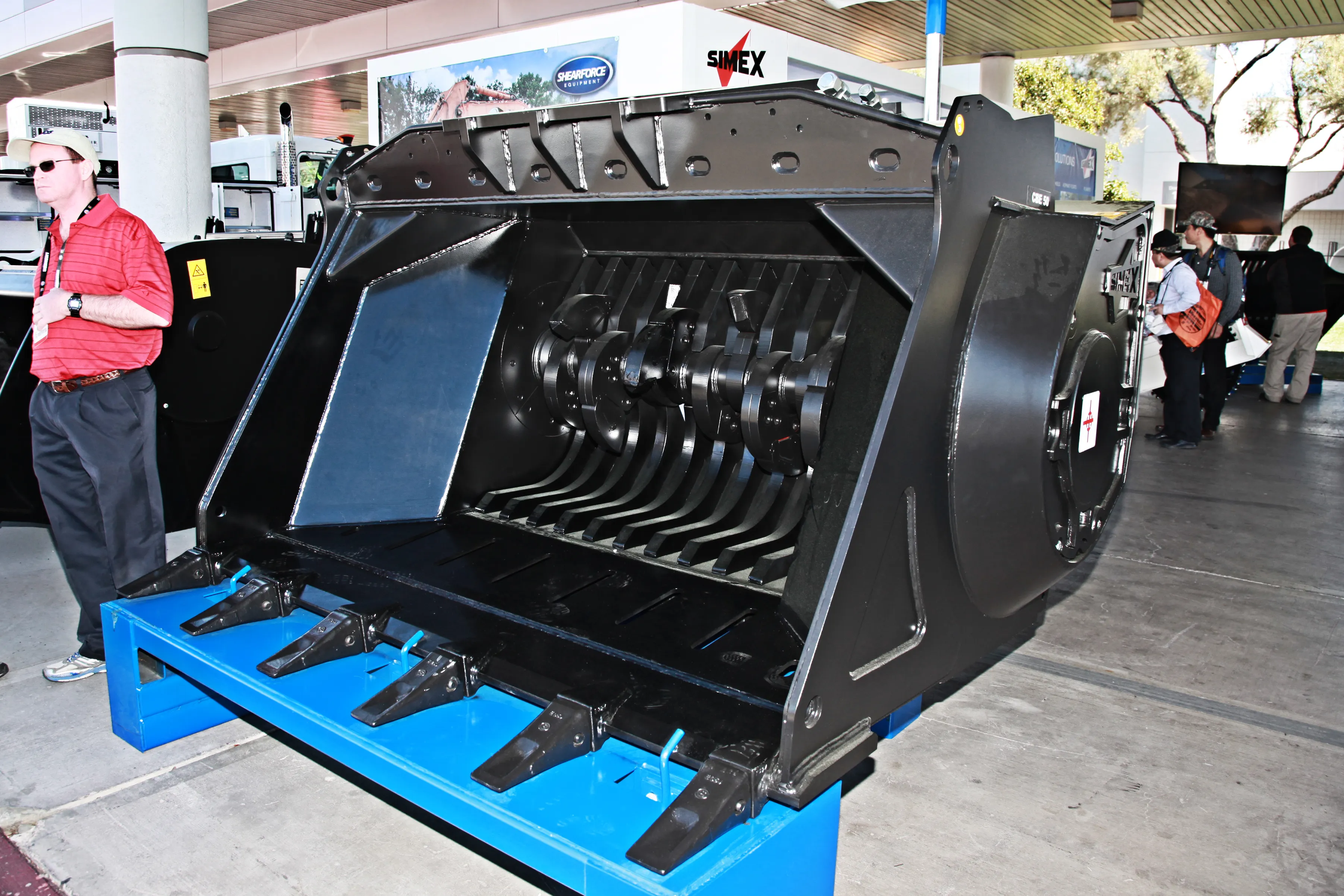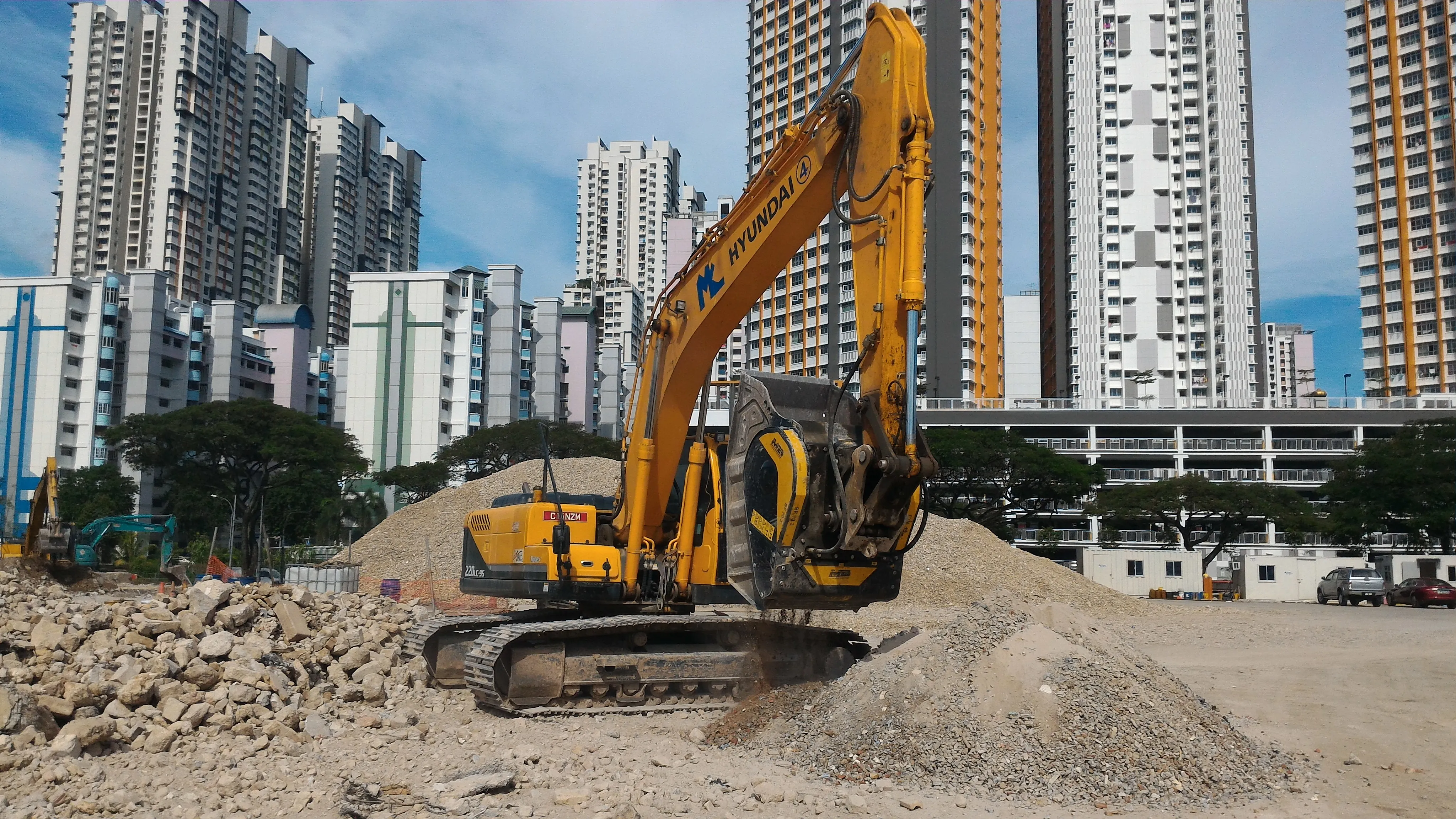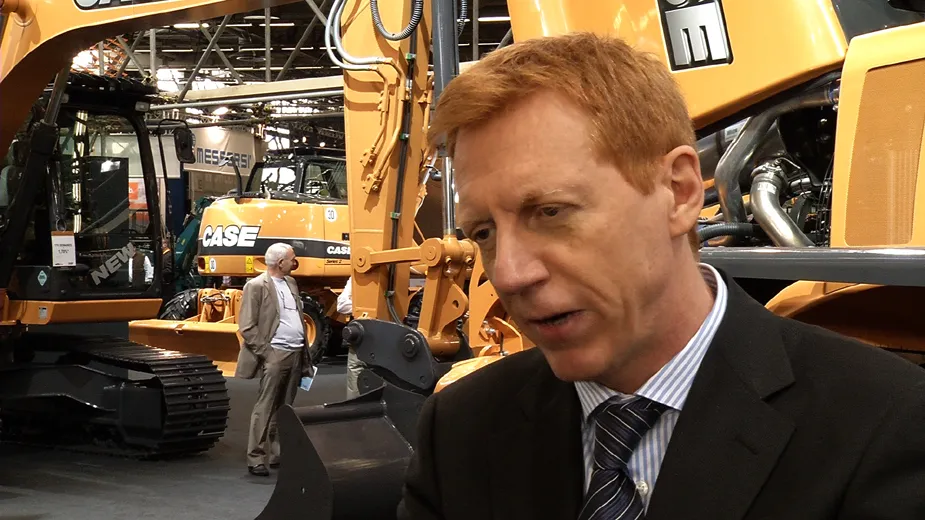Despite the downturn in its home country of Italy, attachment manufacturer Simex has seen a year-on-year rise in revenue of around 8.5%, from €19.5m in 2012 to €21.3m in 2013. “All our growth came from outside the domestic market and mainly outside Europe,” said Federico Tamburri, assistant general manager at Simex. “Sales in Central and South America and Asia led to this increase.”
January 6, 2017
Read time: 2 mins

Despite the downturn in its home country of Italy, attachment manufacturer 1141 SIMEX has seen a year-on-year rise in revenue of around 8.5%, from €19.5m in 2012 to €21.3M in 2013.
“All our growth came from outside the domestic market and mainly outside Europe,” said Federico Tamburri, assistant general manager at SIMEX. “Sales in Central and South America and Asia led to this increase.”
SIMEX sells a limited range of attachments in the US and Canada, as it has contracts with major OEMs in the market which prevent it from selling its highest value attachments there. But at Conexpo, its stand was attracting visitors from outside North America too.
“We are seeing a lot of visitors from Asian countries and Oceania, which is important for us,” said Tamburri. “Asia is becoming a rising star for us. Two years ago Asia accounted for 2% of our turnover. Last year that grew to 5 or 6%.”
Crusher buckets are the most important product in the North American market, said Tamburri. The US is the only market to which SIMEX sells its biggest crusher bucket, the CBE50 which can be fitted onto excavators up to 60tonnes.
Also on the stand was SIMEX’s new VSE40, the prototype of which was unveiled at Bauma last year, a screening bucket with a patented mechanism which allows the operator to change the size of the screened material from the cab at the touch of a button. Standard products take several hours to change settings.
“We are delivering the first units to Italian customers because we want to keep the youngest units close to home,” said Tamburri, who added that he had a number of orders waiting on his desk for the attachment to go through this final test phase.
At the same time, SIMEX is working on smaller versions of the VSE40. “Within a year we could be presenting at least three models of the screener,” said Tamburri.
www.simex.it
“All our growth came from outside the domestic market and mainly outside Europe,” said Federico Tamburri, assistant general manager at SIMEX. “Sales in Central and South America and Asia led to this increase.”
SIMEX sells a limited range of attachments in the US and Canada, as it has contracts with major OEMs in the market which prevent it from selling its highest value attachments there. But at Conexpo, its stand was attracting visitors from outside North America too.
“We are seeing a lot of visitors from Asian countries and Oceania, which is important for us,” said Tamburri. “Asia is becoming a rising star for us. Two years ago Asia accounted for 2% of our turnover. Last year that grew to 5 or 6%.”
Crusher buckets are the most important product in the North American market, said Tamburri. The US is the only market to which SIMEX sells its biggest crusher bucket, the CBE50 which can be fitted onto excavators up to 60tonnes.
Also on the stand was SIMEX’s new VSE40, the prototype of which was unveiled at Bauma last year, a screening bucket with a patented mechanism which allows the operator to change the size of the screened material from the cab at the touch of a button. Standard products take several hours to change settings.
“We are delivering the first units to Italian customers because we want to keep the youngest units close to home,” said Tamburri, who added that he had a number of orders waiting on his desk for the attachment to go through this final test phase.
At the same time, SIMEX is working on smaller versions of the VSE40. “Within a year we could be presenting at least three models of the screener,” said Tamburri.
www.simex.it








